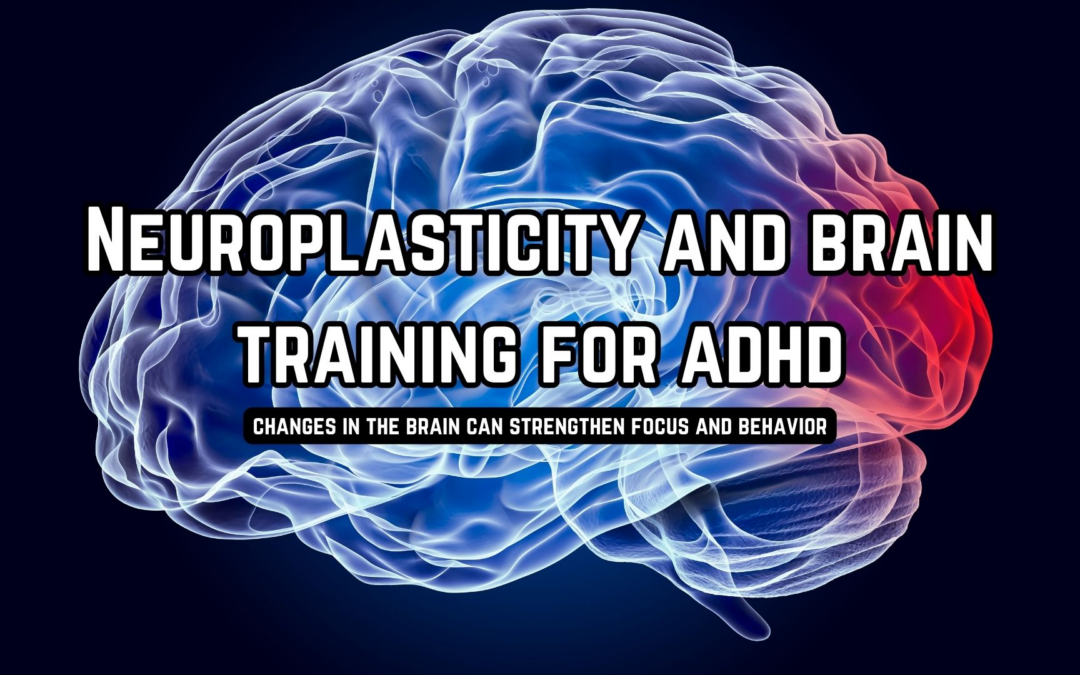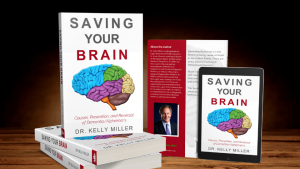The Power of Neuroplasticity
At Saving Your Brain, we believe in the incredible potential of the brain to change, adapt, and grow through a phenomenon known as neuroplasticity. Neuroplasticity refers to the brain’s ability to reorganize itself by forming new neural connections throughout life. This means that our brains are not static; they are dynamic and capable of change. Through targeted brain training, we can harness this power to address various cognitive and behavioral challenges, including ADHD.
What is ADHD?
Attention Deficit Hyperactivity Disorder (ADHD) is a common neurodevelopmental disorder that affects children and can continue into adulthood. Children with ADHD may have trouble paying attention, controlling impulsive behaviors, or be overly active. ADHD can affect a child’s performance in school, their relationships with others, and their self-esteem. Recognizing the signs early can lead to timely intervention and better outcomes.
Signs That Your Child Might Have ADHD
1. Inattention
Children with ADHD often have difficulty sustaining attention. They may:
- Make careless mistakes in schoolwork
- Have trouble keeping focus during play or tasks
- Seem not to listen when spoken to directly
- Struggle to follow through on instructions
- Have difficulty organizing tasks and activities
- Avoid or dislike tasks that require sustained mental effort
- Lose items necessary for tasks and activities
- Be easily distracted by extraneous stimuli
- Be forgetful in daily activities
2. Hyperactivity
Hyperactive symptoms include:
- Fidgeting or squirming in their seat
- Leaving their seat when remaining seated is expected
- Running or climbing in inappropriate situations
- Unable to play or engage in leisure activities quietly
- Often “on the go” or acting as if “driven by a motor”
- Talking excessively
3. Impulsivity
Impulsive behaviors may manifest as:
- Blurting out answers before questions have been completed
- Difficulty waiting their turn
- Interrupting or intruding on others’ conversations or games
How Brain Training Can Help
Addressing Brain Asymmetry
Many children with ADHD have imbalances or asymmetries in brain activity. Brain training programs at Saving Your Brain aim to balance these asymmetries through neurofeedback, cognitive exercises, and other targeted interventions. By consistently training the brain, we can enhance neural connections, improve attention, reduce hyperactive behaviors, and foster better impulse control.
Neurofeedback
Neurofeedback is a non-invasive technique that involves monitoring brain activity and providing real-time feedback to encourage healthier brain function. It can help children with ADHD learn to self-regulate their brain activity, leading to improvements in focus, behavior, and emotional regulation.
Cognitive Exercises
Tailored cognitive exercises can help improve executive functions, such as working memory, flexible thinking, and self-control. These exercises are designed to be engaging and challenging, promoting the brain’s ability to form new connections and pathways.
Our Services at Saving Your Brain
To address ADHD and other cognitive challenges, Saving Your Brain offers a range of specialized services:
- AVANT Laser Therapy: Utilizing laser technology to enhance brain function and promote healing. Learn More
- QEEG Brain Mapping: Detailed brain activity mapping to identify areas needing improvement. Learn More
- Neurofeedback: Training the brain to self-regulate and improve various cognitive functions. Learn More
- Brain Tap: Guided brainwave entrainment to enhance mental clarity and relaxation. Learn More
- Interactive Metronome: Improving timing and rhythm to enhance cognitive and motor skills. Learn More
- Neuro Sensory Integration: Addressing sensory processing issues to improve overall brain function. Learn More
- Right Eye Tracking: Improving visual tracking to support reading and learning skills. Learn More
- Neurosage: Utilizing interactive technology to enhance brain performance and mental health. Learn More
- Balance Tracking System: Enhancing balance and coordination through targeted training. Learn More
- Wiat Assessment: Comprehensive assessment of intellectual abilities and achievement. Learn More
At Saving Your Brain, we are dedicated to leveraging the science of neuroplasticity to help children with ADHD overcome their challenges and thrive. Through personalized brain training programs, we can make a significant difference in the lives of children and their families, empowering them to reach their full potential. If you suspect your child may have ADHD or if they are struggling with attention, hyperactivity, or impulsivity, consider exploring the transformative benefits of brain training. Together, we can unlock the power of the brain to heal and grow.
For more information on our services and to schedule a consultation, please contact us or sign up for telehealth via Get Healthie.


